As a leading Custom...
Sustainable tin-plated iron packaging materials are the development trend of the packaging industry
Core reminder: The sustainable development of human society makes plastic packaging face increasing environmental pressure, and tin-plated iron packaging will not be replaced by other packaging materials due to its unique advantages. In the future, with the sustainable development of technology and human society, plastic packaging will face increasing environmental pressure and will be replaced, but tin-plated iron packaging will not be replaced by other packaging materials due to its unique advantages. In the future, with the advancement of technology, tin-plated iron packaging materials will be used in a way that reduces carbon emissions and is harmless to the environment to increase the use value of tin-plated iron packaging materials.
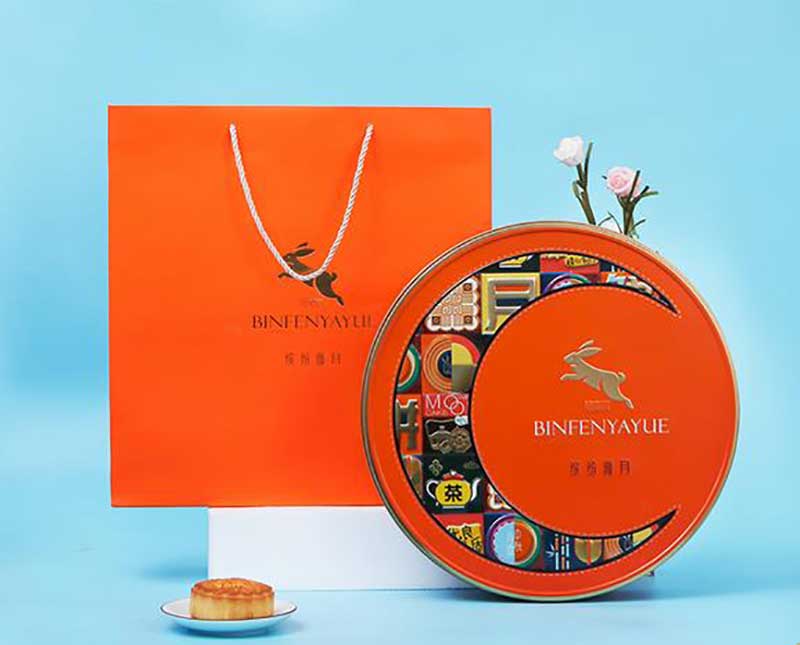
Our planet needs sustainable packaging solutions
Globally, according to statistics, 42% of plastics are used for packaging, most of which are only used for one-time use. Therefore, the problems caused by plastic pollution in the ecosystem are long-term and lasting. The recycling rate of plastics is only 10%, which means that 90% of plastics are incinerated, landfilled or directly discarded into the natural environment. Plastics usually take 20 to 400 years, or more, to decompose. The fragments or microplastics produced by the decomposed plastic will remain in the atmospheric circulation, from water to food and soil, and in all aspects we are involved in. The use of sustainable tin-plated iron material packaging can break this negative cycle.
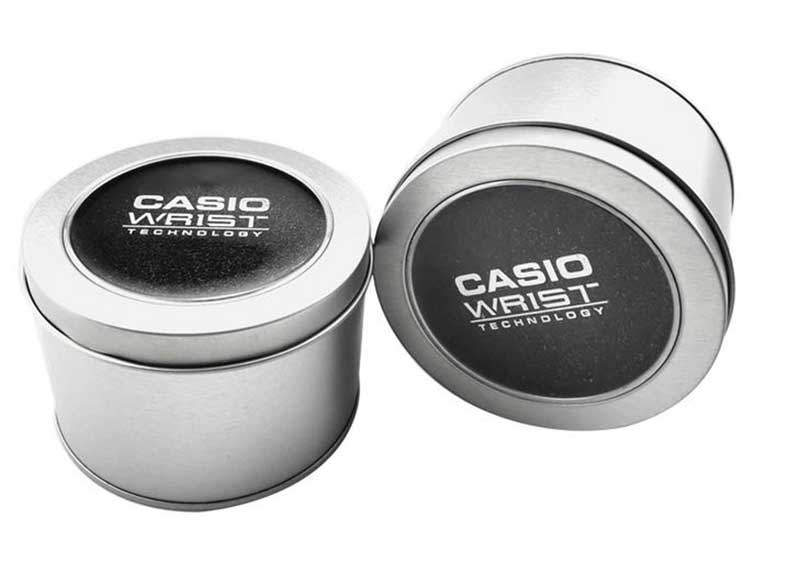
More and more countries are implementing laws to reduce single-use plastic packaging
In 2021, Australia announced the "National Plastics Plan", which aims to ban the use of single-use plastics by 2025. In addition to Australia, more and more countries and cities in the world are also taking actions to ban the use of single-use plastics. In the European Union, the 2019 "Single-Use Plastics Directive" aims to combat the 10 most common single-use plastic items on European beaches, which account for 70% of all marine debris in the EU. In the United States, California, Hawaii, and New York have begun legislation to ban disposable plastic products such as plastic bags, forks, and food containers. In Asia, countries such as Indonesia and Thailand are the first to call for measures to ban the use of single-use plastics.
Compared to waiting for the legislative pressure issued by the government, Morgan Stanley Research reported that from 2018 to 2019 alone, the number of companies implementing a "plastic strategy" in the United States more than doubled year-on-year. This shows that under the general trend in the future, companies are willing to pay relative profits to make changes to achieve environmental strategies and social responsibility goals. Of course, this does not exclude the possibility of commercial benefits that can be brought about by the development of sustainable packaging. Is a major factor.
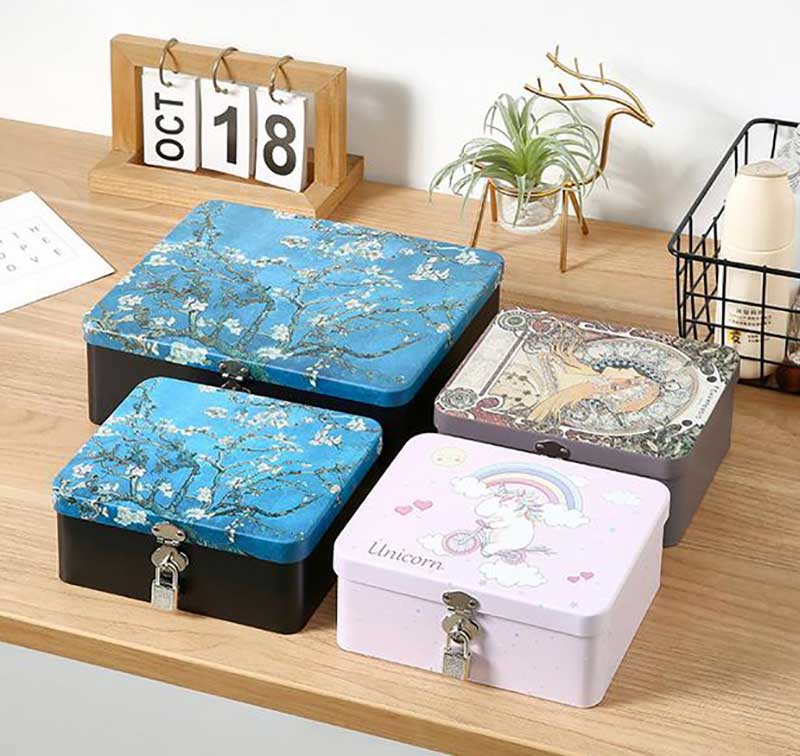
Alternatives to plastic packaging are feasible and sustainable.
Ranpak and Harris research firm data show that e-commerce customers in the United States, the United Kingdom, France and Germany are willing to cooperate with companies that use sustainable packaging. In fact, in all these countries, more than 70% of consumers have this preference, while more than 80% of consumers in the UK and France are more willing to choose sustainable tinplate packaging. Consumers’ love for sustainable packaging makes them more willing to see paper or metal packaging instead of plastic to protect the items they buy.
But according to one study, the overall environmental cost of using plastic in the beverage industry is nearly four and a half times lower than replacing plastic with alternative materials such as tin-plated iron, paper, and glass. In other words, every alternative is not perfect. The best way to have the least impact on beverage packaging is to consider the life cycle of plastic products-beverage packaging is put on the market in a sustainable manner, the packaging can be recycled and reused, and the overall impact on the environment is the lowest.
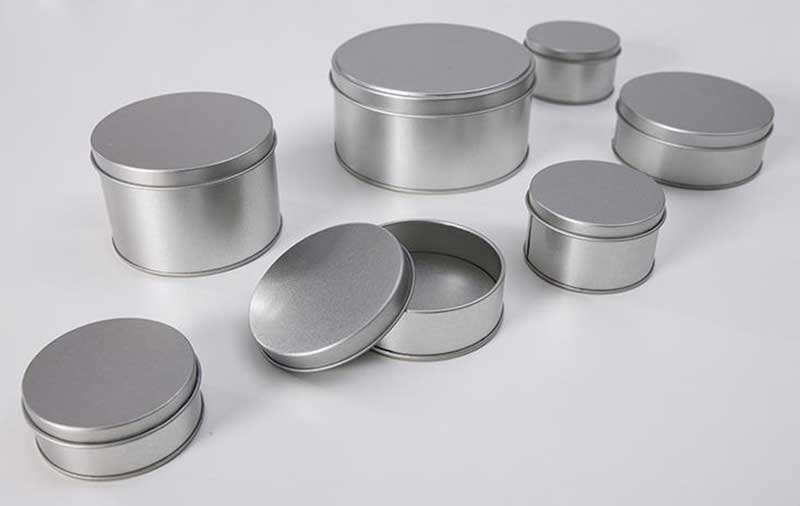
Affected by the concept of sustainable development, tin-plated iron packaging is valued
Currently, tin-plated iron packaging is commonly used, but it is very convenient to recycle after use. Conducive to ecology and local policies, major global brands have begun to commit to the use of metal materials.
More and more countries and brand enterprises around the world promote circular economy to become an important factor affecting the packaging application of recyclable tin-plated iron materials. This initiative aims to improve the efficiency of the recycling and processing of tin-plated iron packaging boxes. The new crown pneumonia epidemic has severely restricted the growth of the global economy in 2020. However, research earlier this year showed that flexible packaging consumption has shown a reverse growth in 2020, especially in Europe and North America.
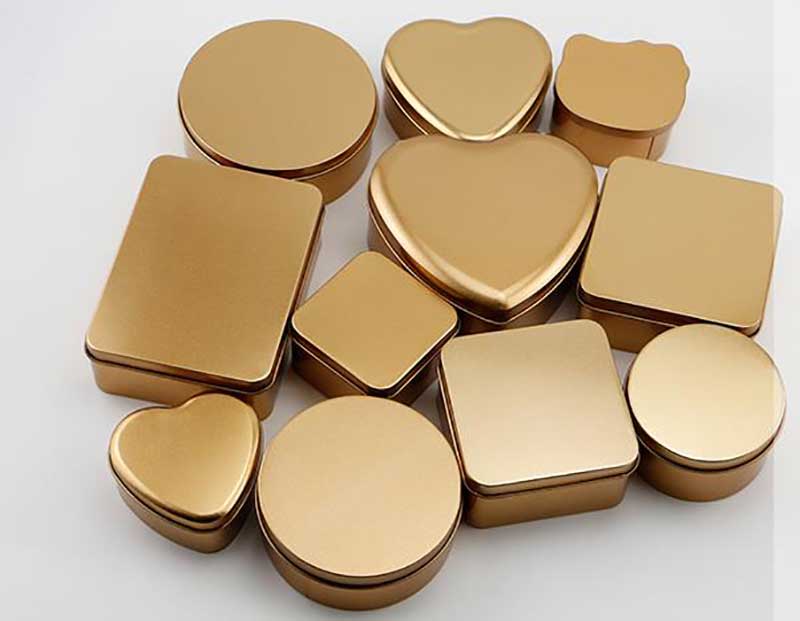
World brand companies are paying more and more attention to the sustainability of their product packaging
Because consumers and investors are becoming more and more ecologically aware, they are listed as a key part of the development of many companies. By improving the company's resource efficiency, companies can increase their scores and possibly gain more business value, including improved brand reputation, customer and employee loyalty, and access to capital. The ever-increasing need for environmental protection actions and the need for companies to achieve a win-win situation for economic profits and sustainable development goals, it can be said with certainty that in the near future, the development of greener and more environmentally friendly, recyclable and sustainable tin-plated iron packaging materials will be packaging The general trend of industry development.





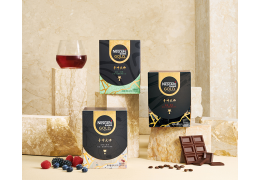
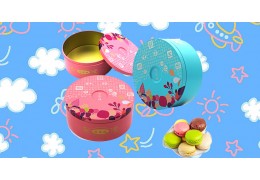
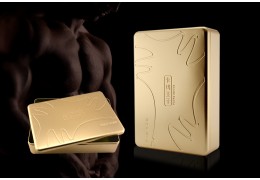

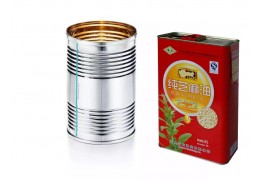

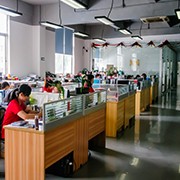

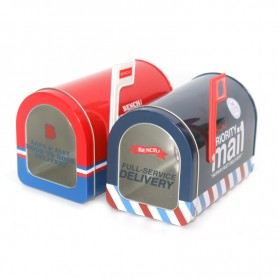

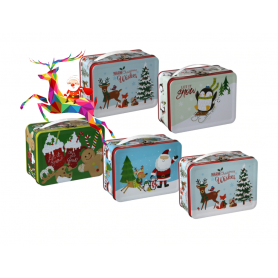
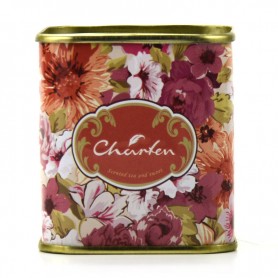

Latest comments